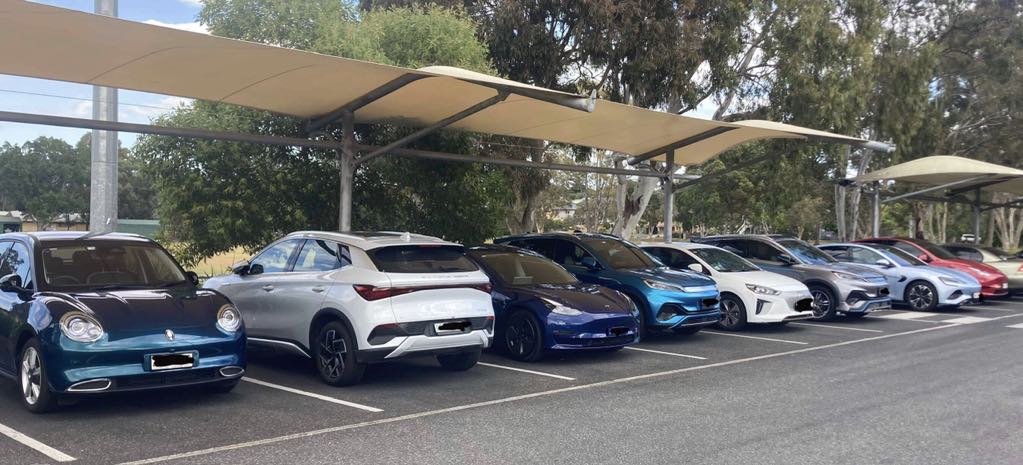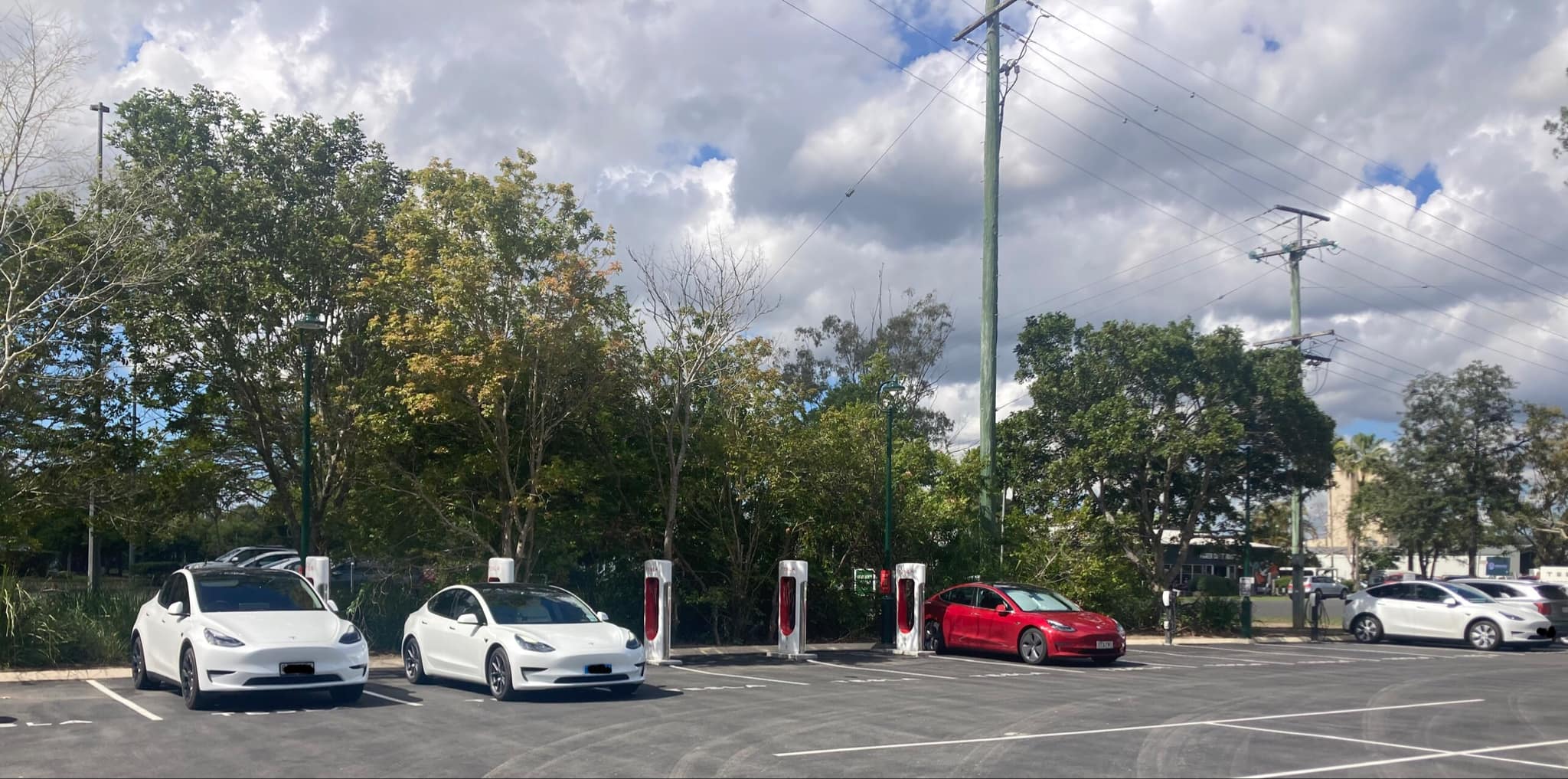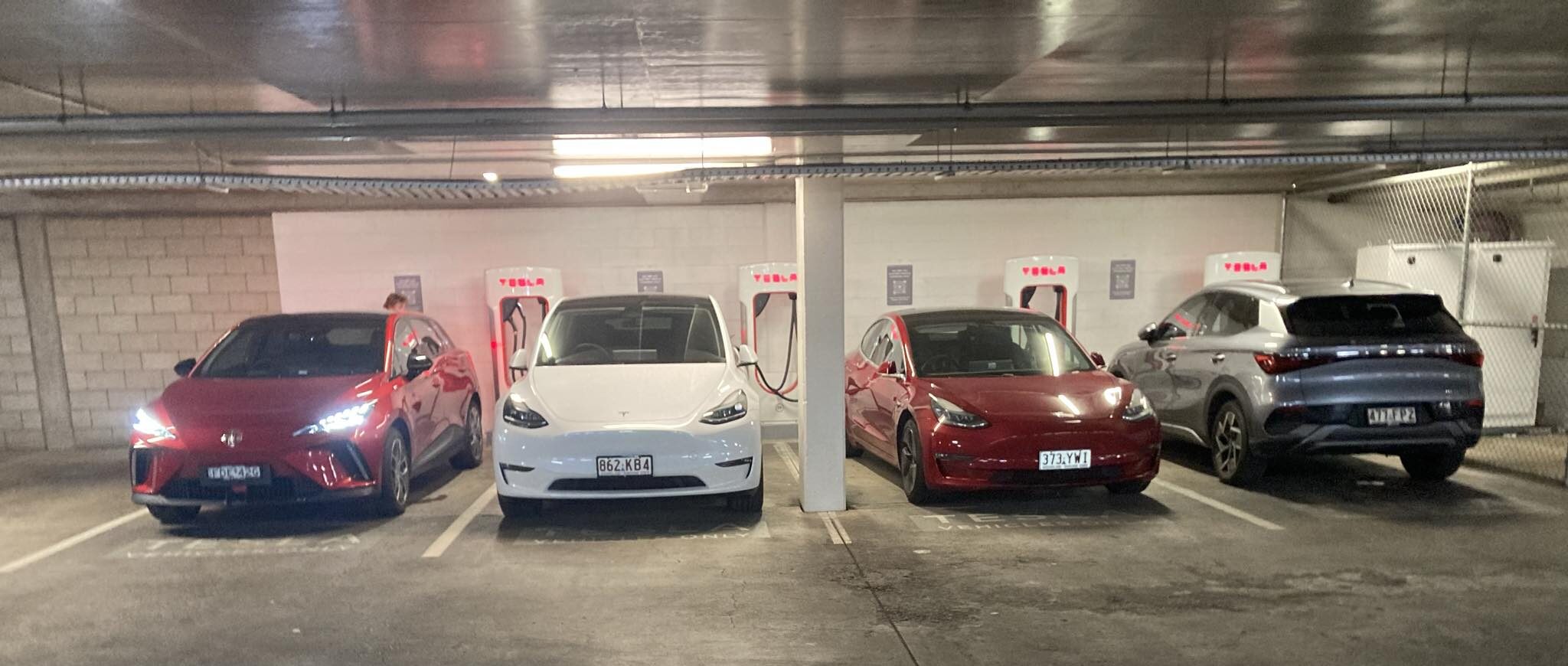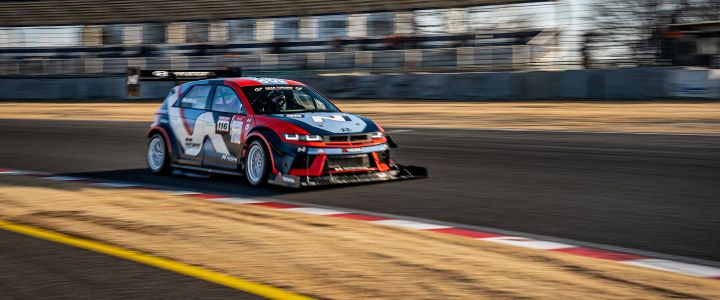Sign up for daily news updates from CleanTechnica on email. Or follow us on Google News!
Energex has released the results of its latest Queensland Household Energy Survey, including an “Electric Vehicles” section. Although we are cautioned that a higher percentage of households that are amenable to renewable energy and the electrification of transport take part in the survey, the results are still somewhat encouraging. Some highlights include: 46% of those who chose to take the survey (N = 4193) have solar power installed on their rooftops. Many of those who do not yet have solar intend to purchase and install in the near future.
A whopping 59% of participants in the survey have indicated they will consider an electric vehicle when they purchase their next car (within the next 3 years). Looking back, this is down from the results of the 2022 survey, when 70% of respondents said they would do so. Examining the results by location indicated that South East Queensland residents (where the state’s population is concentrated) are more likely to purchase an EV (62%) than those in the less densely populated north and west (50%).

Sadly, funds are now exhausted for the government subsidy of AU$6000 per car, and so operation ceased last night. More on this below. Given the current price war amongst Australian electric vehicle importers, this should not be a problem — but we will keep an eye on the data. Discounts are a continually moving feast, and prospective buyers can find bargains. From the survey, those buying electric vehicles appear to be under 30, with high incomes, living in the cities, and using third party providers to manage their charging requirements. Although, this could be a reflection of fleet leasing arrangements. There is still a federal tax incentive to lease an electric vehicle.
Queenslanders are following the national trend of approximately 10% penetration of EVs (8% battery electric, 2% plug-in hybrid). It’s a surprise to me, given the generous coal royalties–funded state subsidy. I would have expected a higher uptake than the national average.
The QHE survey indicates that most EV owners charge during the day from solar or overnight from the grid. A very small group (15%) charge during the evening peak. Crazy! Most EV owners did their own research about charging arrangements (40%), while a smaller number (24%) took advice from their energy retailer. It is worthy of note that 17% got good advice from the EV salesperson. Hopefully there will be an increase in the knowledge base at the point of purchase and more information will be available.
Of course, you can’t charge your car at home during the day if the car is not there. Thirty-seven percent of EV owners attest that their car was in a workplace car park during the peak solar output times of the day (9 am – 4 pm). About 30% indicated that their car was at home. Here is an opportunity to grow the charging network with the provision of low-level chargers at the workplaces — perhaps even just the provision of an external power point?

If I was still teaching (heaven help the poor children, as I no longer have my youthful patience), I would encourage schools to set up the following system. Most Queensland schools have solar on the roof and external power points. Only a very few of those surveyed indicated that their cars were at a “park and ride” (4%) or a public car park (12%). Many public car parks have high-speed chargers, but this is impractical if you are leaving the car there for the duration of the working day. “Park and ride” carparks are always full of people commuting to work — drive to the station, catch the train. In an ideal world, these could be covered with solar panels that feed external power points. Provide shade for the cars in our scorching summers — it was 37 degrees Celsius in Brisbane last week, and it is still spring — and relieve the pressure on agricultural land.
Tourist spots are fast becoming the location of choice for Supercharger stations. We discovered this on our recent visit to The Ginger Factory!
A significant number of survey respondents with solar have, where possible, changed their electricity use or used timers to soak up excess solar power generated during the day. Flattening the duck curve! Of those with home batteries (374) most have installed systems from 6 kWh to 20 kWh. Australian sources indicate that more households are taking up the option of installing a battery when installing solar and that the size of solar systems is increasing.
When I installed my first solar panel system, it was economical to install a mere 2.5 kWh. My second one (that charges my car and runs the pool pump) is 5 kWh, installed two years ago. It looks like 10 kWh is the way to go according to the ads on TV and Facebook, and for the same price as the one I had installed over 10 years ago.
Queensland’s $45 million Zero Emission Vehicle (ZEV) Rebate Scheme was supposed to run for 3 years, but the allocated funds have been exhausted in a little over two years. The effect has been dramatic, with the number of EVs on Queensland roads quadrupling under the scheme, from 9,100 two years ago to 46,000 as of the end of June. It has “accelerated the transition of the Queensland fleet towards EVs, with EV passenger cars comprising 1% of the total car fleet in Queensland, compared to 0.2% at the start of the scheme.” The fleet composition can be viewed here — as expected, most BEVs on the road are Teslas and BYDs. “Registered battery electric vehicles include passenger cars, light vans, motorcycles, buses and trucks.”

The subsidy has encouraged car manufacturers to make more models available to the Queensland public. Double the number of models translates to increases in new car sales — from a penetration rate of 1.7% in 2022 to 10% currently. Queensland has a ZEV strategy target of 50% by 2030.
In the near term, the Queensland government plans to purchase only ZEVs for the state fleet by 2026, and every new TransLink-funded bus added to the fleet is to be a zero-emission bus from 2025 in South East Queensland. However, we have a state election next month, so let’s hope these targets remain firm. According to The Guardian, the conservative Liberal National Party, in opposition at present, is supporting the current Labor government’s emissions reduction plan, so I would expect that the targets will not be removed. This sets the state Conservative Party at odds with its federal colleagues.
As more Queenslanders fuel up from the sun, the future looks bright, electric, and affordable!
Have a tip for CleanTechnica? Want to advertise? Want to suggest a guest for our CleanTech Talk podcast? Contact us here.
Latest CleanTechnica.TV Videos
CleanTechnica uses affiliate links. See our policy here.
CleanTechnica’s Comment Policy





